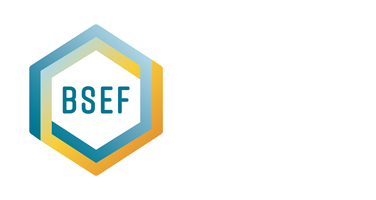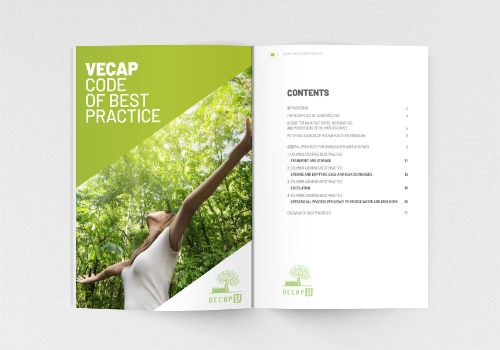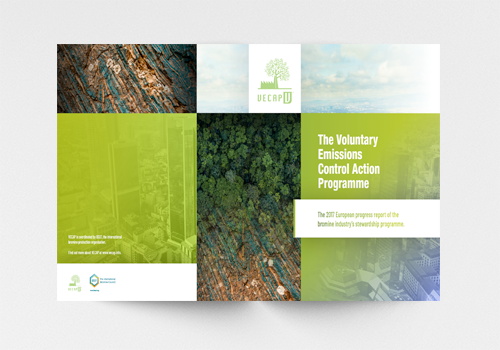
Vecap
Voluntary Emissions Control Action Programme
The industry commitment for chemicals emissions reduction
What is VECAP?
The Voluntary Emission Control Action Program (VECAP) is a product stewardship scheme for the management of chemicals throughout the value chain which goes beyond regulatory and legislative requirements. It was launched in 2004 by the International Bromine Council (BSEF) and the UK Textile Finishers Association to reduce emissions of the brominated flame retardant Deca-BDE. In 2015, it was expanded to include all powder brominated flame retardants (BFRs) produced by VECAP member companies.
VECAP’s original concept – a tool to control emissions during handling and use of BFRs – has evolved into a comprehensive system of chemicals management, which can be applied to a much wider range of processes and raw materials.
Through VECAP, the industry reiterates its voluntary commitment to take responsibility for the environmentally sound management of chemicals within the context of a European Framework for Corporate Social Responsibility (CSR). The programme adds to the industry’s call for a solid CSR strategy as per the latest European public consultation on the Commission’s work in the area of CSR. The brominated flame retardants industry seeks to reduce the environmental footprint of its value chain and ensures resources are used as efficiently and sustainably as possible.
The New Code of Best Practices
The new Code of Best Practice is the result of 15 years of good practices and guidance for handling brominated flame retardants. It is designed to update and refresh the key best practices for the handling and management of brominated flame-retardant additives by downstream users, particularly compounders and master batchers.
The aim is to minimise any release of additives into the environment and limit worker exposure.
It includes revised chapters on storage, opening and emptying of bags and bulk containers, ventilation equipment, and operational process efficiency to reduce waste and emissions.
The new Code recognizes the results achieved by the industry, and replaces a previous system based on emissions survey.
This should encourage new stakeholders worldwide to adopt the best practices and consolidate the trust-based commitment which ensured VECAP’s success since it was first launched.
Through the new Code, VECAP can become a replicable model in the context of the circular economy and offer a solid basis showing the effectiveness of the industry’s bottom-up approach. Other sectors may adopt similar approaches in the future, starting from reputation-building through serious and steady commitments.
VECAP CODE OF BEST PRACTICE
“In Europe, 83% of all brominated flame retardants
are correctly handled with less than 0.001% of emissions for key substances.”
Vecap Annual Progress Report 2017 – BSEF
More than 300 downstream users at production sites in Europe North America, Mexico, China, Japan, Singapore, Thailand, Indonesia, South Korea and Taiwan adopted the program.
Measuring success
- Today, 95% of total volume sold of HBCD and 94% of TBBPA brominated flame retardants are covered by the program.
- Potential emissions of TBBPA and HBCD have fallen to less than 0.001% of the volumes sold in under a decade
- 83% of all brominated flame retardants sold in 2016 were correctly handled by producers and users
- More than 300 users worldwide adhered to the program.
- The industry has demonstrated its reliability and commitment in the reduction of chemicals emissions.





